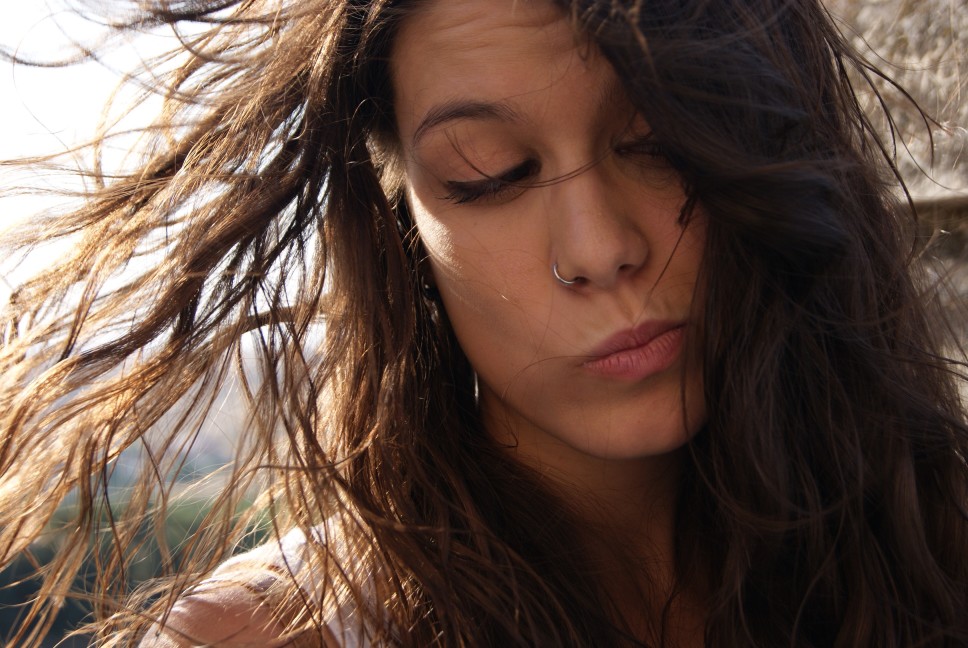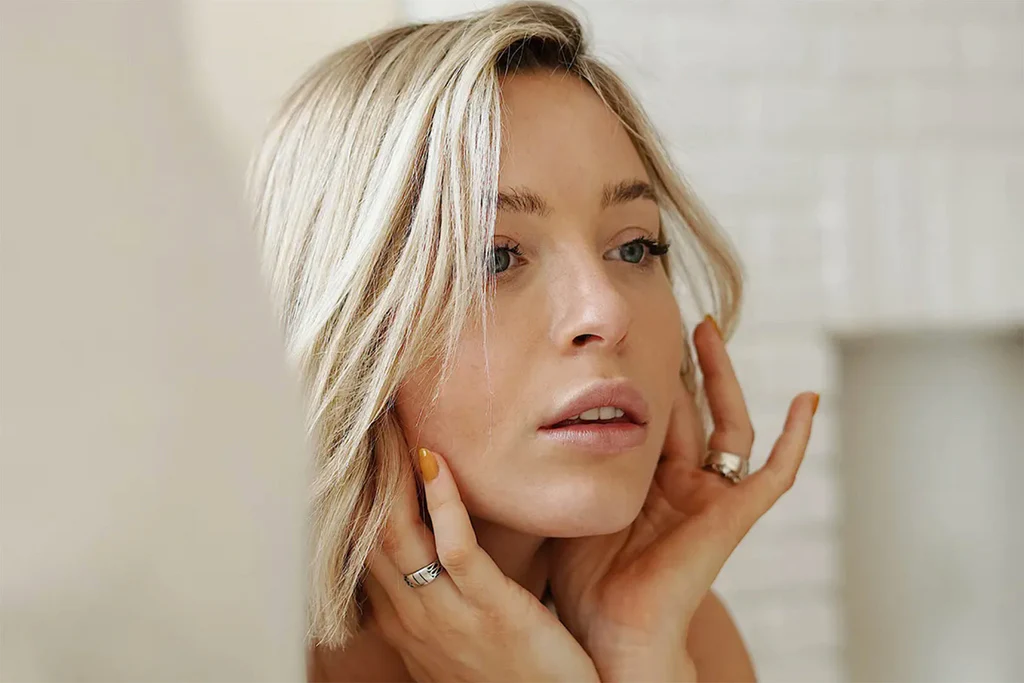
Which Wrinkle Are You Looking At In The Mirror? Dynamic or Static?
Wrinkles are an inevitable part of ageing and the answer to their existence is a battle that’s been fought for centuries. Early scientists argued they were caused by seasonal changes, clogged pores or even something as prosaic as eating too much salt while others believed them to be divine punishment for people who commit sins in lifelike greediness. Today, we know wrinkles can appear from too much skin exposure and due to our skin losing its elasticity over time.
You may think that all wrinkles are the same, but you would be wrong. Not every wrinkle is bad or something to worry about; some of them actually help your face look more distinctive and interesting by highlighting features like cheekbones and generally can even give you character!
However, some can make us look older than we really should because their position makes them more prominent to light-reflecting skin surface beneath it (wrinkle depth), making you appear older and tired.
You may have heard many terms batted around when talking about facial wrinkles, dynamic lines versus static ones but what are they?
You may have heard the terms ‘dynamic lines’ and ‘static lines’ being thrown around, which are often used to describe facial wrinkles. But, what do they actually mean, how are they different, and what treatments can we use to get rid of them if we decide we no longer want them?
What are dynamic lines?
Dynamic lines appear when expressing emotions, such as fear, worry, joy, sadness, or surprise. You will notice them when you smile, laugh, frown, cry, or during moments of deep concentration. Dynamic wrinkles fade as quickly as they appear. Once the emotion passes and your face goes blank, you will no longer see them. Common dynamic wrinkles include:
- Frown Lines (between the eyebrows)
- Forehead wrinkles
- Crow’s Feet
- Smile lines
Of course, it’s human to show how we are feeling through facial expressions – we all do it. But, as we get older and our skin loses its elasticity, these dynamic lines become more permanent and visible.
How do I get rid of dynamic lines?
When it comes to reducing the appearance of dynamic lines, practitioners recommend Botox – or rather botulinum toxin (Botox is just one of many brands of botulinum toxin).
How does Botox work?
Botox is injected into the targeted area and works by blocking signals from the nerve cells to the muscles, in essence, temporarily paralyzing the source of the movement.
While Botox is a great way to reduce dynamic lines, it’s important to note that it is not a permanent fix, and Botox injections will need to be repeated several months down the line.
What are static lines?
Static lines are the lines that you can see on the skin when the face is at rest. They are typically a source of frustration and can make someone in their 20s and 30s look older than their age. Examples of static wrinkles include lines at the corners of the mouth, across the cheeks, and along the neck.
As you age, collagen production declines and causes the skin to lose elasticity. As a result, dynamic wrinkles, such as smile lines around the nose and mouth will eventually become static wrinkles.
They form for three reasons: years of dynamic facial movements, static forces such as gravity and chronological ageing. Fine lines and wrinkles can be further emphasized by genetics, smoking, and sun exposure.
What treatments are used to minimise static lines?
There are many treatments for these types of wrinkles available including creams and lotions, chemical peels, Botox injections, fillers, dermabrasion and lasers. The right choice for each person is based on the severity of his or her wrinkles, individual factors and the patient’s goals of treatment.
Effective topical creams and lotions contain some form of retinoic acid (Retin A or vitamin A derivatives) that helps reduce wrinkles. These products cause skin cells to turn over faster, which reduce pore size and smoothes skin. They also build collagen under the skin to help replace what is being lost in the ageing process. Topical Retin A is a prescription product and comes in a number of strengths and formulations. The vitamin A derivatives have weaker activity and are present in a number of over-the-counter beauty products.
Botox products are effective for dynamic wrinkles. A tiny injection of Botox in just the right places weakens the muscle, allowing it to relax, and removes the wrinkle. Botox is effective for wrinkles between the eyes, crow’s feet and forehead. Dermal fillers can be effective for static wrinkles to replace lost volume and re-plump the tissue. Two types of fillers are used: a deeper injection of thicker filler which serves to replace lost volume such as in the cheekbone area, and a thinner filler which is used to fill in finer lines around the mouth area.
Removing skin layers can be helpful in regaining smoother, more youthful skin. This can be accomplished with a number of tools from chemical peels and dermabrasion to laser-skin resurfacing. Chemical peels remove the top layer of skin and cause regeneration of new skin and collagen underneath. They are best used in mild to moderate wrinkling, and the strength of the peel can be adjusted. Microdermabrasion is a skincare procedure that can be helpful with mild wrinkling, while surgical dermabrasion can treat more severe wrinkling typically found around the mouth.
Lasers can also be used to treat moderate to severe wrinkling. Both non-ablative (which does not abrade the skin) and ablative (which damages the top layer of skin) can be used, either together or separately. The non-ablative lasers work by heating the lower layers of the skin and stimulating collagen. The collagen then plumps the skin and eliminates the wrinkles. Ablative-laser treatments (fractional, erbium or CO2 laser) work by dissolving skin away and replacing it with new, fresh skin. The ablative-laser treatments do require downtime but are the most effective in reversing more severe sun damage and wrinkling.
However, be cautious when it comes to dermal fillers, you would have heard some of the horror stories of people getting fillers especially from unqualified practitioners leaving them with multiple complications, swelling, bruising, puss and many others.
Check out this article by the NHS – https://www.nhs.uk/conditions/cosmetic-procedures/dermal-fillers/
Does it really make a difference? Won’t my practitioner help anyway?
Whilst our service is geared towards catering for dynamic lines because we believe prevention is always the better option, our practitioners are skilled in advanced skincare and will provide alternative solutions and recommendations if Botox is not applicable.
We recommend that you start with a consultation-only appointment and the practitioner will be able to understand your expectations, needs and wants, which will then enable them to create a tailored plan for you.
The great thing is that if you book a treatment within 7 days of your consultation-only appointment then we’ll refund you the consultation fee.
To find out more about our treatments visit unndoo.com/treatments.
Alternatively, WhatsApp our chief Medical Officer if you have questions about what you need, our treatments, process and generally any skincare questions.




